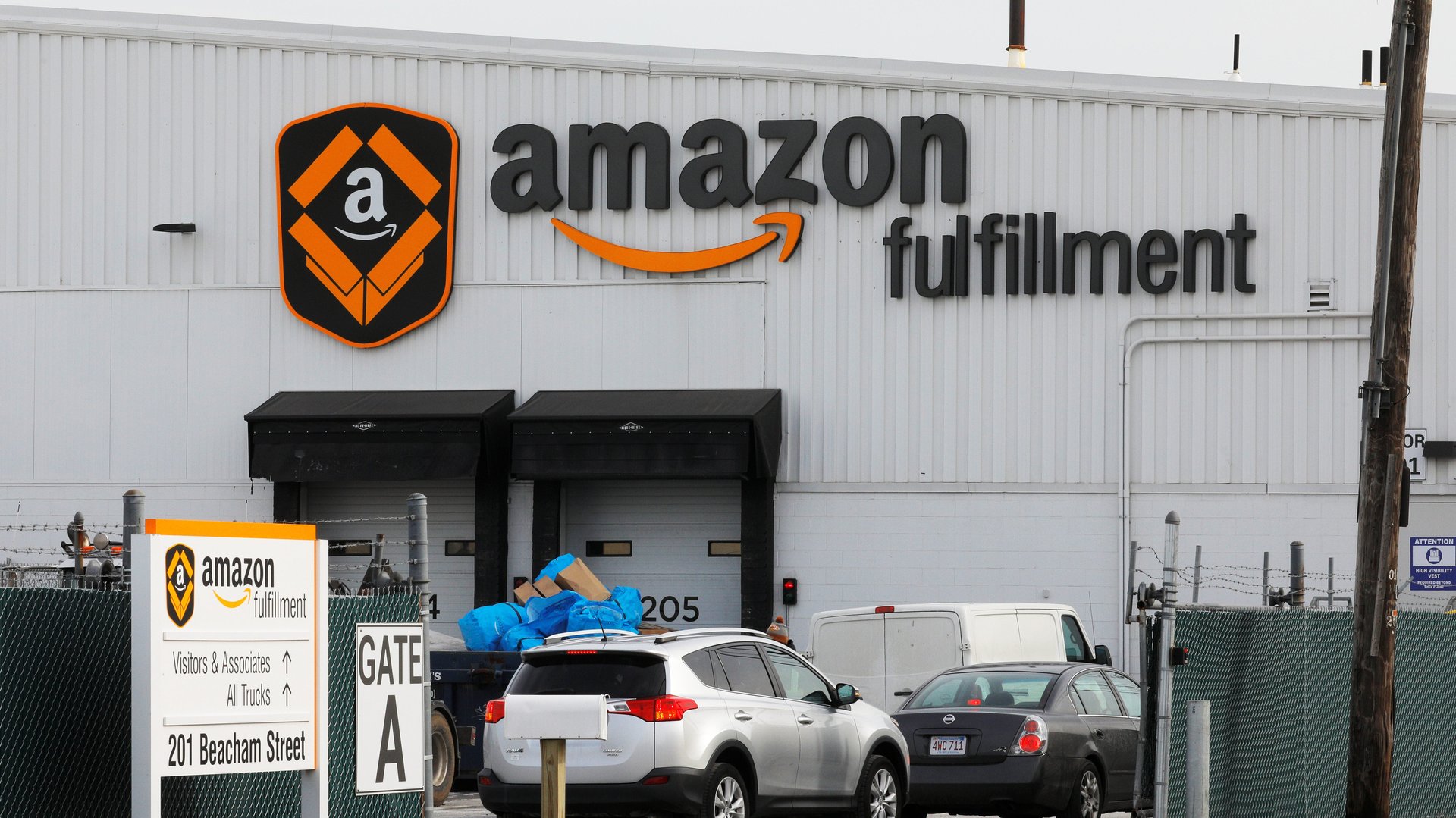Jeff Bezos is building a global army of Amazon Prime subscribers
Amazon Prime is the foundation of Amazon’s success.


Amazon Prime is the foundation of Amazon’s success.
The $99-a-year membership program gives tens of millions of consumers access to free two- and same-day shipping, streaming music, streaming video, and a laundry-list of other perks. Amazon is a famously customer-obsessed company and Prime the manifestation of that.
Still, in recent years, analysts had started to worry about Prime. They feared that Prime, with somewhere between 60 million and 90 million subscribed US households, depending who you ask, may finally have reached a ceiling on its domestic growth. Analysts saw Amazon’s decision to launch a monthly Prime subscription as evidence of this. Having captured most US consumers who could pay $99 a year, Amazon was going after lower-income households who preferred to make smaller payments monthly, even though it ultimately cost more than an annual Prime account.
Amazon just put those fears to rest.
“More new paid members joined Prime in 2017 than any previous year—both worldwide and in the US,” Amazon said today (Feb. 1) in its quarterly earnings statement. The company had reported in January that 2017 was the best year for Prime sign-ups globally, but hadn’t commented on the product’s performance in the US, the company’s largest market. Revenue from subscription services—which includes annual and monthly Prime fees, plus other revenue from books, music, videos, games, and non-Amazon Web Services subscriptions—rose to $3.2 billion, up 47% from the same period a year earlier and beating estimates from FactSet analysts.
Prime is key to Amazon’s success because, well, Prime members spend more. As of Sept. 30, 2017, the average Amazon Prime member spent $1,300 a year on Amazon compared to $1,000 for all US Amazon customers, according to Consumer Intelligence Research Partners, a firm that regularly surveys Americans on their Amazon buying habits. Cowen, an equity research firm that tracks Prime subscribers, reported in January that 85% of US Prime members made a purchase on Amazon in December 2017, compared to 51% of non-Prime households.
“We continue to view Amazon Prime as the most important driver of the retail business,” Cowen’s analysts wrote.
Conversely, stumbling on Prime is also one of Amazon’s biggest risks. In a research note on Jan. 26, analysts at Morgan Stanley listed “slower than expected Prime membership,” “failure of Prime investments (shipping, speed, selection, streaming content, etc.),” and “inability to grow Prime US subscriber base outside of households that earn $75k+ in annual income” as among the risks to Amazon achieving its “bull case” for the stock.
Amazon reported all-around strong results today, with profit that more than doubled estimates ($1.9 billion, compared to the $909 million analysts surveyed by FactSet expected), and revenue of $60.5 billion, slightly more than the $60 billion that was expected. The stock was up 6% in after-hours trading.